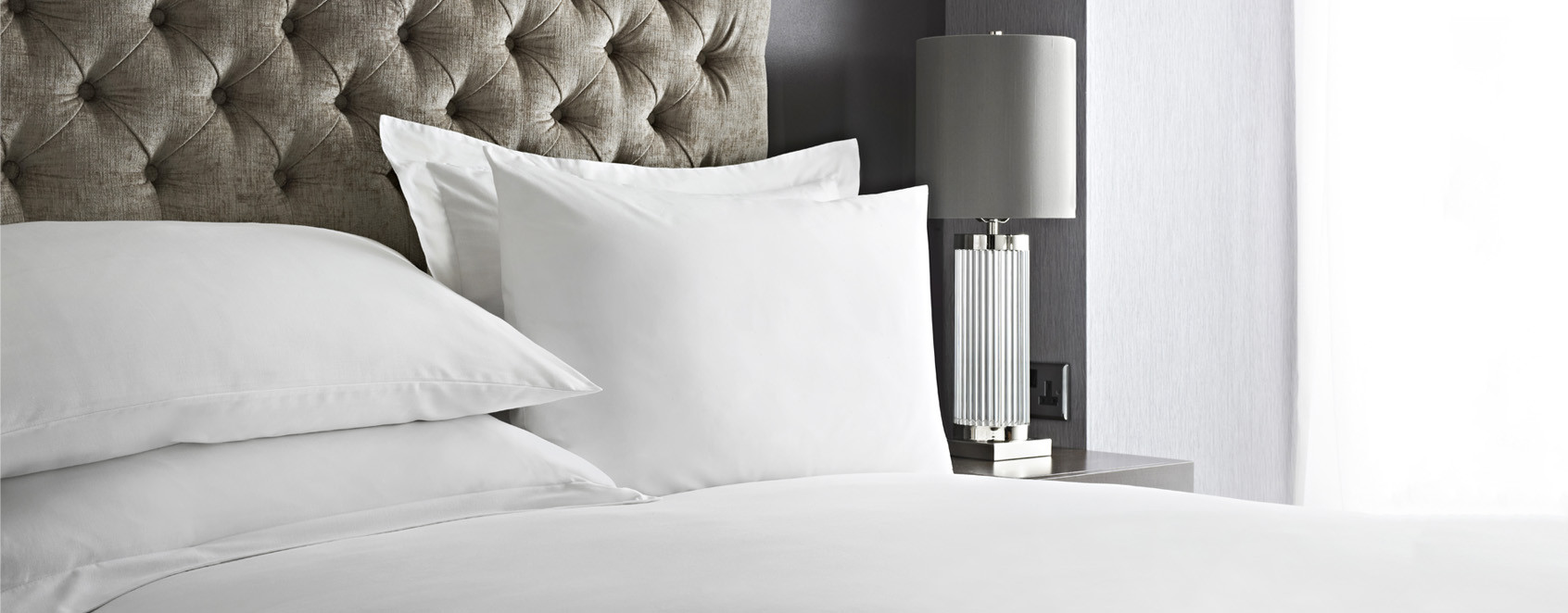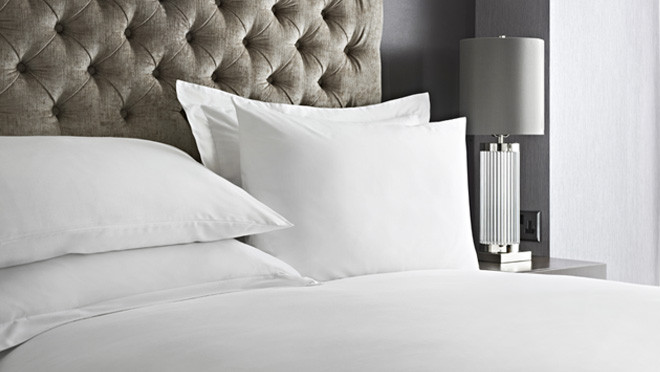We use cookies to make your experience better. To comply with the new e-Privacy directive, we need to ask for your consent to set the cookies. Learn more.
High thread count fine yarn fabrics can be a challenge to efficiently launder and achieve an acceptable level of finish so creases and wrinkles do not put off guests. The following instructions will help you achieve the best results possible.
Temperature
A minimum wash temperature of 60C should be used in the initial wash for new stock but higher temperatures ( upto 70C ) would be advantageous. This should ensure a good level of removal of any unwanted sizes and ensure a good level of cleanliness providing the process is working efficiently.
NEVER wet out and calender new stock
This is bad practice as any residual size, whether it is natural starch or PVA, will not be removed. Instead it will become tacky and will reset itself with the heat from the calender and result in an unwanted stiff handle and likely to have creasing.
NEVER overload
this is especially important for fresh stock. Overloading can cause unnecessary creasing which may prove difficult to remove when calendering.
Cake Press
The minimum amount of pressure / force ( 12 – 15 is recommended ) should be applied so that the fabric maintains a sufficient amount of moisture needed to achieve a smooth crease free finish but at the same time ensuring the fabric is not overly wet that problems are caused in calendering. Ie, mark off or insufficient drying. Also reducing the pressure will help to lessen hard creasing which can be difficult to remove at the calendering stage.
Conditioning
Tumbling the cake to loosen the goods is necessary, however a low temperature should be used to ensure that any loss of moisture is kept to a minimum.

Time
Very, very Important. It should always be remembered that these fabrics will dry out quickly and they should be calendered straight away to ensure the minimum loss of moisture content so that the best finish possible is achieved without creases and wrinkles. The laundry should plan this operation to make sure the calender is available for these goods directly after washing to avoid an unwanted creased finish. If for any reason there is a delay before calendering then the goods should be covered in polythene and kept in a cool area to help maintain the moisture content but this should only be used as a ‘damage limitation’ method and never as standard practice.
IF THE GOODS ARE ALLOWED TO DRY OUT THEN ALL THE PREPARATION WORK WILL BE WASTED.
Calendering
Providing the goods have been processed according to the requirements of a Percale fabric, then calendering should raise no issues as long as the calender is operating correctly ( pressure, temperature, speed, mechanics ) and is cleaned regularly. Also the calender operatives should be aware of the needs of this type of fabric and they should take extra care when feeding the calender with the well prepared goods to help achieve a good finish. For example, pillowcases should be ‘shook out’ prior to placing on the calender as this will help against creasing.



